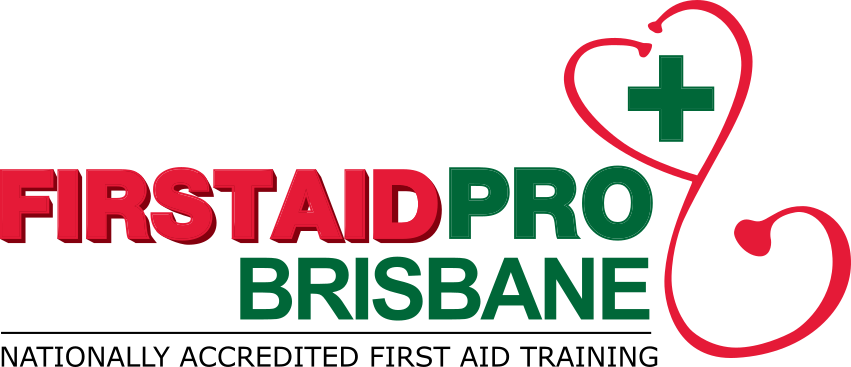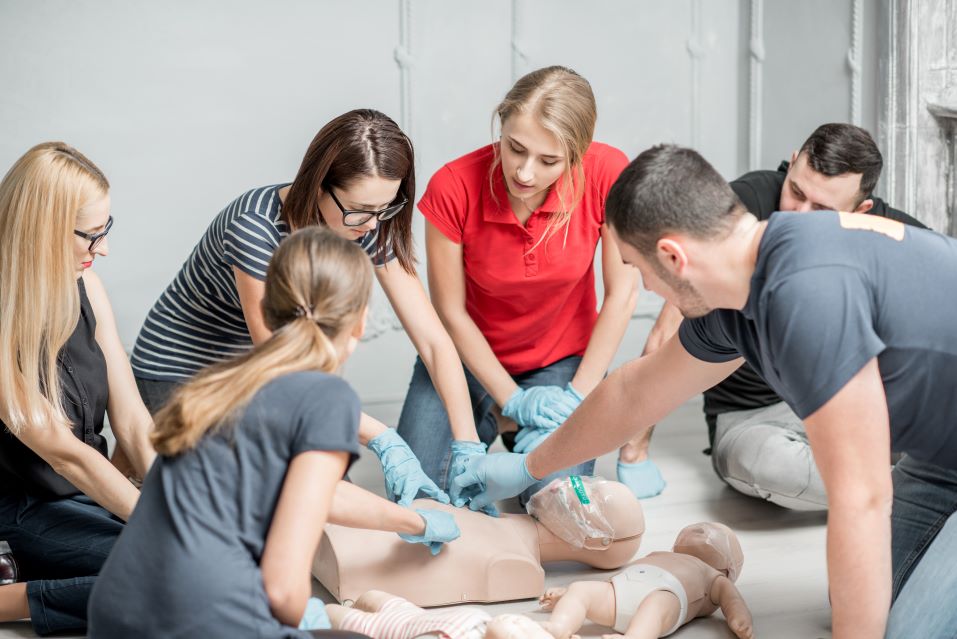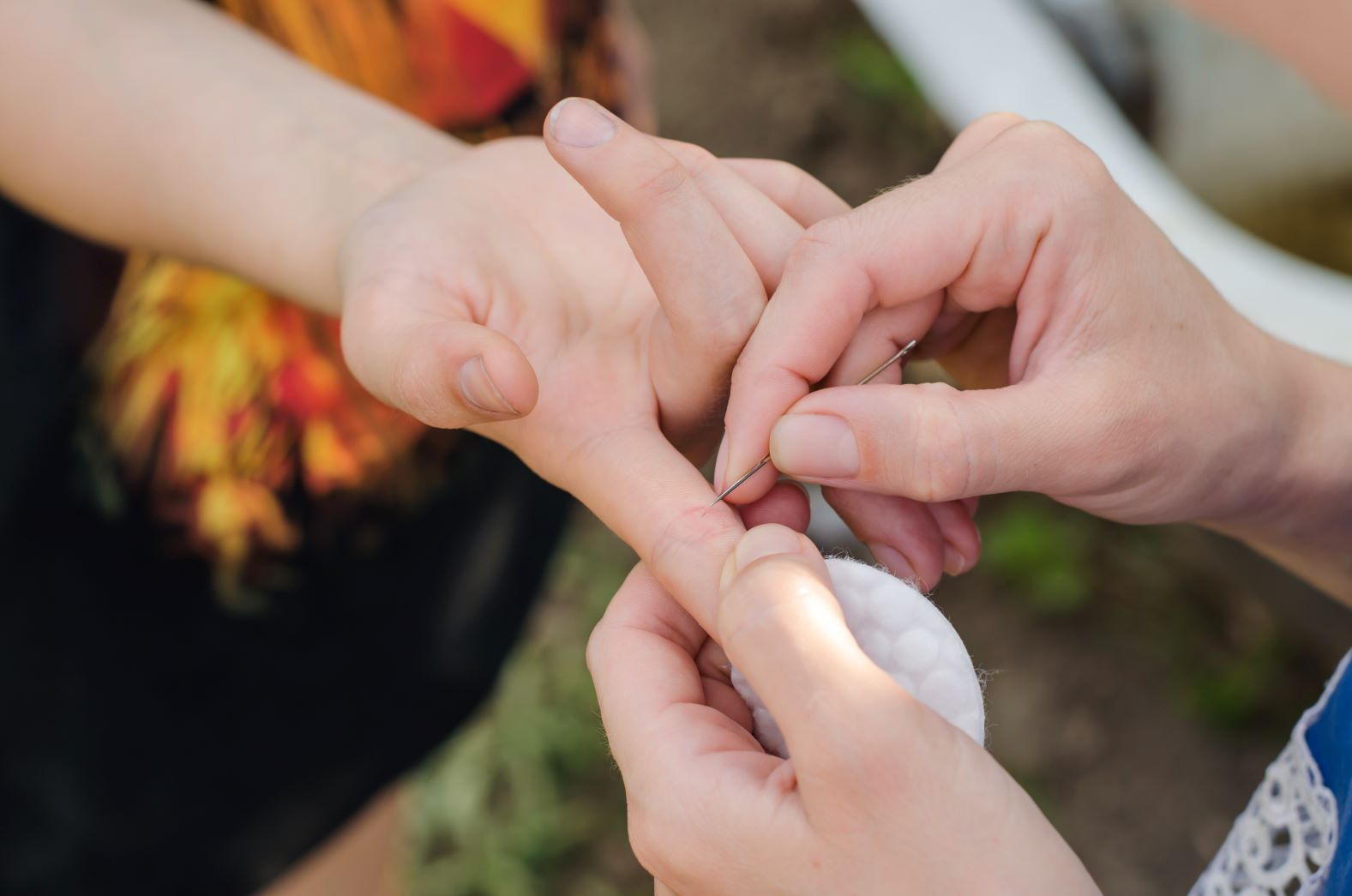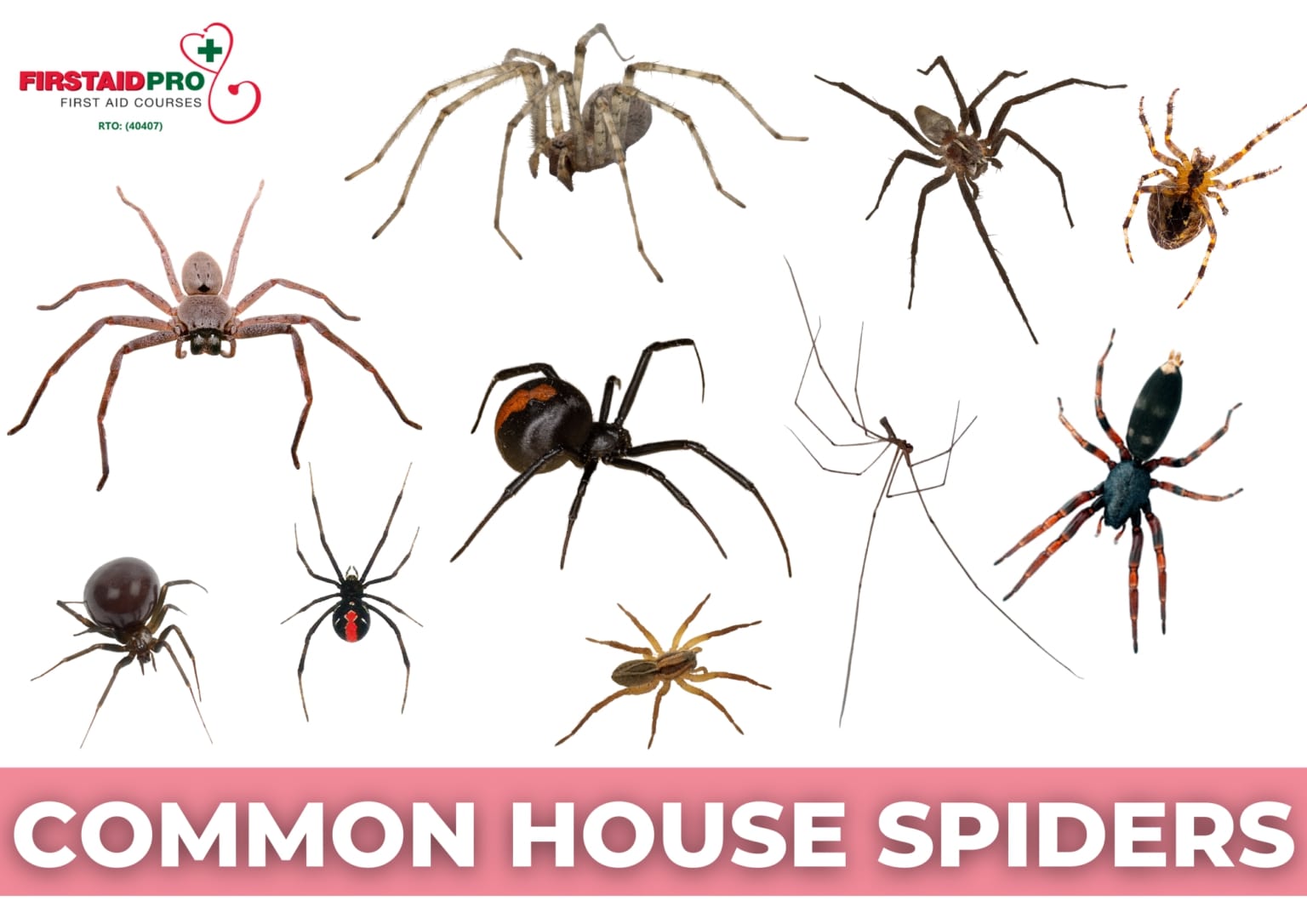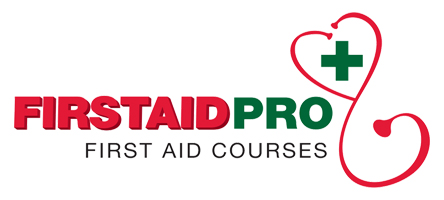Breaking a bone is never fun, and almost all of us have been there. In most cases breaking a bone will result in a trip to your local emergency room, however necessary for your broken bone/s to recover correctly. Getting to the emergency room by ambulance or getting a lift from your mate might be needed, the good news is, there are some things you can do before you call the ambulance or hop in your mate’s car, which might heal your broken bones quicker.
A bone can break because there has been trauma to that area. It usually happens during sporting injuries, vehicle accidents, and falls. Certain medical conditions can cause bones to break or fracture easily. Even with a minor accident. But how can you tell when you’ve broken a bone?
How Can You Tell If You’ve Broken A Bone?
This might seem like something obvious. I mean, how can you not tell? Well there are some reasons why a broken bone might feel different than you’d expect. It might not be evident that it is broken, so knowing the possible signs if you’ve broken a bone will help to identify if someone has broken their bone. Usually, there is pain; it can vary depending on the severity of the break and the location. Broken bones will need to be x rayed. This is usually done at the hospital you have admitted yourself to, or your GP doctor might refer you to a radiology clinic.
Around the area of the broken bone, there will be:
- Swelling
- Visible deformity
- Pain (especially when touched)
- Heavy bleeding
- Numbness in the area
- Inability to use the limb
Certain noises might be noticeable as well. If the bone is moved, it might crack more, grind or even cause more breakage of the bone. In rare and horrific cases, the bone might even poke through the skin or be noticeable through the skin. With the severity of the crack, there will be more pain.
What Do You Do If You Break A Bone?
If you break a bone from any activity, it is important to get it checked out as soon as possible. Broken bones can cause severe problems in the future. The quicker they are checked out, the faster and healthier the bone will heal. A first aid course can teach you the basics of how to provide aid for a broken bone. However, if the break is serious and causing distress, an ambulance should be called as soon as possible. If the break is not causing too much pain, then the person can be driven to a hospital. However, make sure the person is comfortable and does not apply any pressure to the broken bone.
Please do not drive yourself to the hospital, as the pain caused by the break might cause distraction, and if the bone has any pressure on it, it can cause further damage.
First Aid Care For A Broken Bone
Suppose an ambulance or hospital is too far away. You can provide first aid to the person with the broken bone while you wait for help.
Reduce Any Bleeding: If the person is bleeding from the area around the crack, you can apply pressure and elevate the wound using a sterile bandage, clean clothing or cloth to wrap around the bleeding.
Apply Ice To The Area: Wrap an ice pack in a piece of cloth and apply to the injured area to reduce swelling and pain
Immobilize The Area Of The Injury: Where the bone is broken, make sure the bone is kept as still as possible. If a neck or backbone is broken, do not move the person and help them stay still. If it is a leg or an arm, you can put them in a makeshift cast or help them walk to transport without putting pressure on any broken bones.
Provide Care For A Shock: If the person is in shock, which is common to happen after a traumatic event, as the body goes into flight or fight mode. It is important to provide care for the person! Whether it is simply comforting or moving them into a comfortable position. Providing care for shock while help arrives will make a world of difference
If the person is bleeding heavily, suffering massive amounts of pain or is unconscious. Dial Triple Zero – 000 immediately and tell them the situation. It is vital that help comes quickly. If needed, perform CPR if they are not breathing.
Triple Zero should be called in most circumstances where there is a broken bone to ensure no more damage is done.
Most Common Bone Breaks And Fractures
Bones break in various locations around the body. However, there are distinct locations where broken bones are more likely to occur.
The most common fractures are the:
- Wrist
- Ankle
- Hip
These bones are more likely to break as we age as well. So it is important to keep a good eye on avoiding damage to these bones.
Types Of Bone Breaks And Fractures:
- Closed fracture
- Open fracture
- Greenstick fracture
- Hairline fracture
- Complicated fracture
- Comminute Fracture
- Avulsion Fracture
- Compression Fracture
These fractures and breaks can occur in any bone around the body, not just legs and arms! Some types of fractures might be harder to heal and fix then others.
Treatment For A Broken Bone
Fixing a broken bone is never an easy task. However, broken bones are common, and modern technologies have helped doctors find the best method to fix your broken bones. Sadly the recovery of a broken bone can take many months, depending on the severity of the crack. It might require surgery or rehabilitation for the bone and the muscle around it to recover.
As we mentioned previously, an x-ray is the best way to diagnose the crack and the best recovery method. Treatment varies but here are the most common methods:
- Braces
- Plaster Cast
- Traction (a combination of pulleys, pins and weights, typically on the lower body but is uncommon)
- Surgically inserted metal rods or plates to hold the bone together
- Pain Relief medication
Most broken bones will be put into a cast. A cast is an excellent method of eliminating movement of the bone so that the bone can heal correctly. If the bone is bent or misaligned when the cast is placed on, the broken bone will need to be rebroken so that it can heal correctly. For example, if the cast is put around your calf muscles and your leg is not entirely straight. The bone will need to be rebroken, and the cast reapplied.
Wheelchairs and Crunches are also used in the rehabilitation process to make sure the bone is not overstressed when walking on it again. This is also to make sure the person can move about without putting pressure on the bone, or else they might be bedridden for months.
How To Have Strong And Healthy Bones?
Whilst breaking a bone is not always preventable, reducing the chances of a bone-breaking can be helped with the right sort of diet and exercising. You can do multiple things to have strong bones. Most of it is related to diet and lifestyle.
Here’s what you can do:
Eat Calcium Dense Foods: Dairy typically has lots of calcium, and this is great for strengthening your bones; and if you have lactose intolerance, most dairy alternatives will have similar amounts of calcium; you can check the ingredients chart on most products to see how much calcium is in them. Calcium is a great way to get strong and healthy bones, as it adds to bones and fills any gaps in the bone with calcium crystals.
Vitamin D: is a great source to increase bone strength. It is received from sunlight. However, there are Vitamin D supplements such as oily fish, egg yolks and cereals. Try not to be in sunlight for too long and wear plenty of sunscreens, as overexposure (sunburn) can lead to skin cancer!
Quit Smoking!: Smoking causes a heap of problems for the body. Including increasing the risks of Osteoporosis is increased, which means bones are brittle and weak. They are easier to fracture. Quitting has many other benefits, so it’s better to stop sooner than later.
Be Active: Being active increases the strength of your bones as it gets them bearing weight. This increases the number of weight bones can handle and can keep you fit. Jogging or even lifting groceries can help keep your bones strong.
Reduce Salt Consumption: Salt increases the amount of calcium that is consumed in the body. This leaves less calcium in your bones, which makes them weaker. Reducing salt intake is a good way to improve bone strength. Try to reduce salt heavy intake and always read the label on food to ensure you are not eating over the recommended daily amount.
These are just a few tips that can help you have better bone strength and will help you significantly in the future. Whether you are growing into an adult or becoming a senior, having good bone strength is necessary to live a happy, healthy future.
Why Do A First Aid Pro, First Aid And CPR Course?
A first aid course is a great way to help out yourself and those you care for. If you know anyone who has broken a bone recently and needed care, one of our CPR and First Aid courses is perfect. They’ll teach you everything you need to know to keep them safe and prepare you for any emergency situation, including how to provide first aid for broken bones! Our HLTAID011 Provide First Aid training course, and our HLTAID009 Provide cardiopulmonary resuscitation are great courses to do, and they can save a life! It is inexpensive, and you can book it within a day’s notice, so why not book today!
